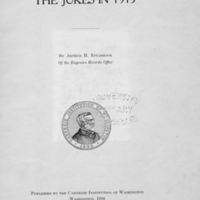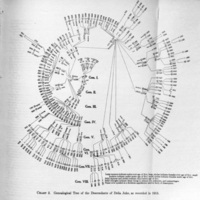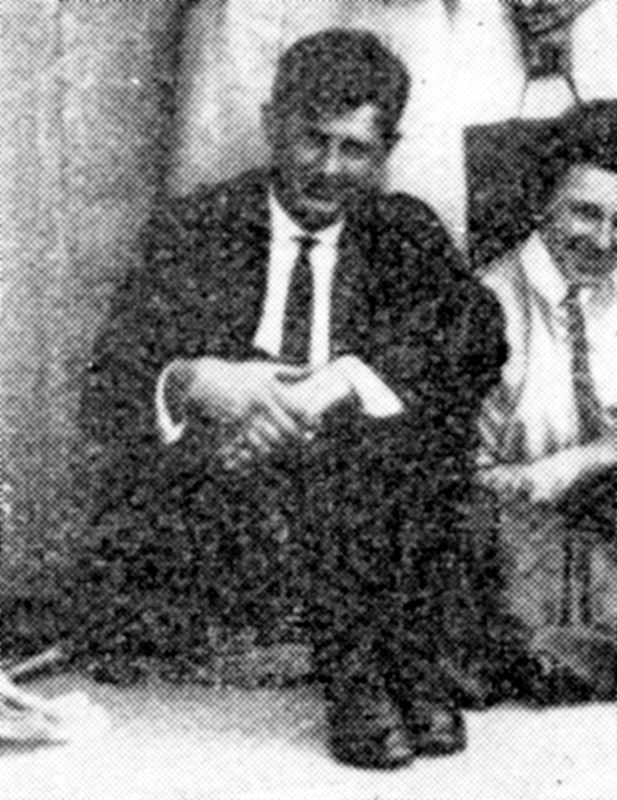Controlling Heredity
Arthur Estabrook's The Jukes in 1915

Arthur Howard Estabrook (American, 1885 – 1944)
The Jukes in 1915.
Washington, D.C.: Carnegie Institution, 1916.
[Paper No. 25 Of The Station For Experimental Evolution At Cold Spring Harbor]
Depository 364 Es8
University of Missouri Libraries
University of Missouri

Arthur Howard Estabrook (American, 1885 – 1944)
The Jukes in 1915.
Washington, D.C.: Carnegie Institution, 1916.
[Paper No. 25 Of The Station For Experimental Evolution At Cold Spring Harbor]
Depository 364 Es8
University of Missouri Libraries
University of Missouri
In 1915, Arthur H. Estabrook, working out of the Eugenics Record Office at Cold Spring Harbor, New York, expanded and reanalyzed the data compiled by Richard Dugdale in his 1877 study, The Jukes: A Study in Crime, Pauperism, Disease, and Heredity.
Estabrook emphasized the role of heredity over environment, thereby turning Dugdale's argument about the strong place of environment in creating "degenerate" and disadvantaged "families" upside down. Instead of philanthropy and social amelioration, Estabrook proposed that such families be prevented from reproducing, since he thought no amount of environmental changes could alter their genetic susceptibility to criminality. He was only one of many who used the Jukes family to prove the uselessness and wastefulness of social improvement and to advocate for heredity-controlling legislation, eugenic segregations, and sterilization.
In 1912, Estabrook and Charles Davenport, Director of the Eugenics Record Office, published a study of another "degenerate" family entitled The Nam Family: A Study in Cacogenics. Many of these studies were conducted and directed by the Eugenics Record Office and were financed by some of the great fortunes of the time, including those of John D. Rockefeller, Andrew Carnegie, and railroad heiress Mrs. E. H. Harriman.
